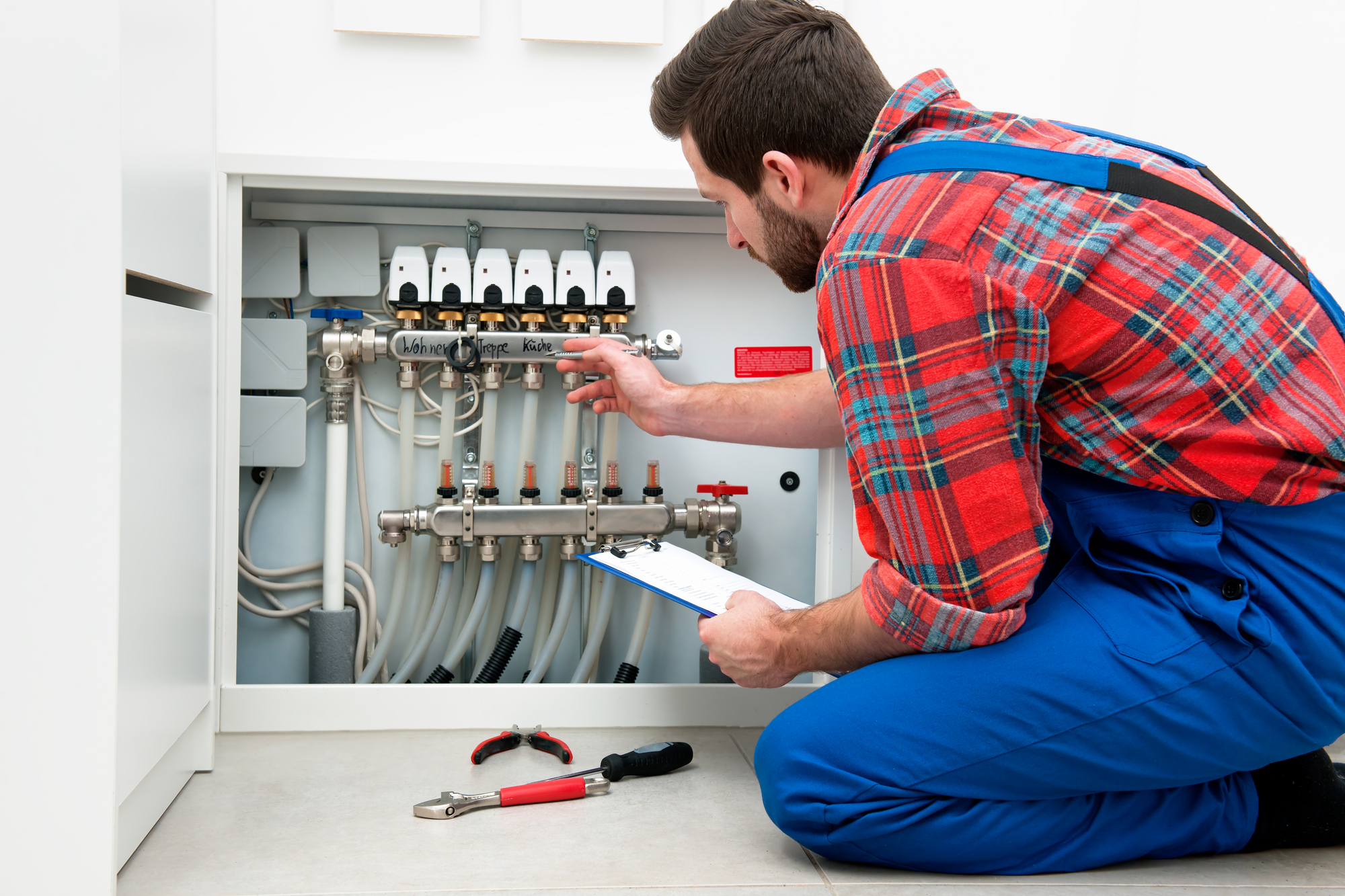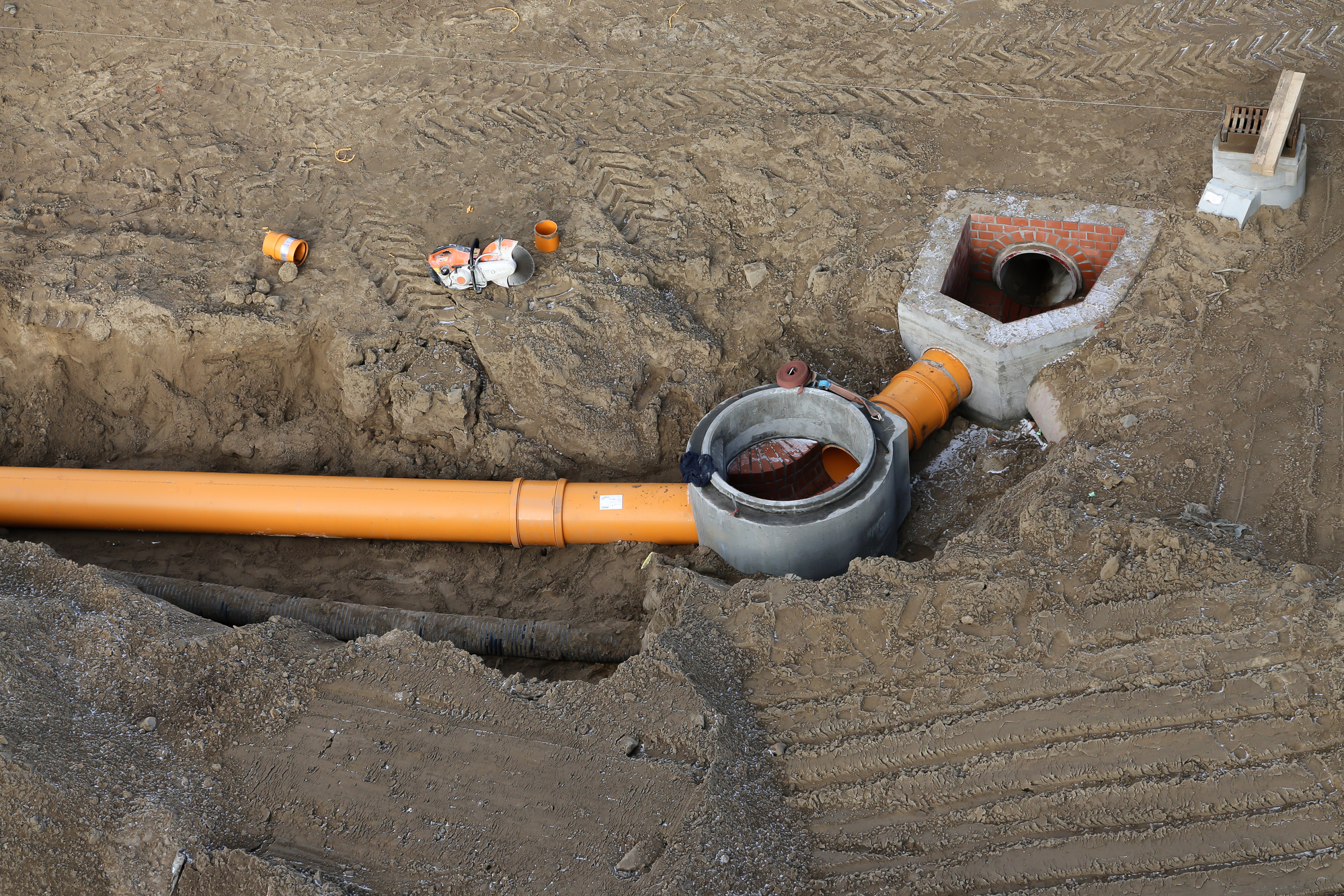As a homeowner, you probably already know how critical it is to keep your plumbing systems in top-notch condition. From clogged drains to leaky pipes, plumbing issues can cause massive headaches, stress, and even lead to costly repairs. When it comes to your kitchen drain, a blocked or slow-moving drain can be a real hassle, but issues with your kitchen drain jetter can be especially frustrating to deal with. To help you out, we have put together a guide on how to deal with a kitchen drain jetter issue in this article.
What is a Kitchen Drain Jetter?
A kitchen drain jetter, also known as a hydro jet, is a cleaning tool that uses high-pressure water to blast away stubborn blockages, such as grease buildup, food particles, and mineral deposits, from your kitchen drain. It is a popular and effective solution that professional plumbers use to clear and clean out kitchen drain blockages. Kitchen drain jetters come in different sizes, capacities, and power ratings, and they operate through a water supply and a high-pressure pump.

What Could Go Wrong with a Kitchen Drain Jetter?
Like any other plumbing tool, a kitchen drain jetter can experience issues that could make it less efficient or ineffective, such as:
1. Low Water Pressure: If your kitchen drain jetter has low water pressure, it might not generate enough force to blast away the blockages in your drain. Low water pressure could be caused by a clogged nozzle, a worn-out pump, a faulty hose, a kinked hose, or a problem with your water supply.
2. No Water Flow: If your kitchen drain jetter does not produce any water flow, it could be an issue with your water supply, your pump, or your hoses. It could also be a safety precaution triggered by a blockage or an air pocket in your hose.
3. Leaks: Leaks in your kitchen drain jetter could indicate a problem with your hoses, your fittings, or your pump. Leaks can make your jetter less efficient and damage your property.

How to Deal with a Kitchen Drain Jetter Issue
If you encounter an issue with your kitchen drain jetter, there are some steps you can take before calling in a professional plumber:
1. Check the Water Supply: Make sure that your water supply is turned on and that you have enough water pressure. Check your hose connections and valves for leaks or damage. If you have low water pressure, check your nozzle for clogs or debris.
2. Inspect Your Jetting Hoses: Check your jetting hoses for kinks, twists, or damage that could obstruct water flow. Make sure that your hoses are attached correctly to your pump and your nozzles.
3. Check Your Nozzle: Check your nozzle for any debris or clogs that might impede water flow. You could use a small wire or a needle to clear away any blockages gently. If your nozzle is damaged or worn-out, replace it. You could consult your jetter’s manual or ask a professional plumber for advice on the right nozzle for your needs.
4. Check Your Pump: Check your pump for any wear and tear, leaks, or damage. Listen for any unusual sounds, such as grinding noises or clunks, that could indicate a malfunction. If you notice anything suspicious, turn off your jetter immediately and seek assistance from a professional plumber.
5. Test Your Jetting Performance: Once you have checked all the components of your kitchen drain jetter, test your jetting performance to see whether the issue has been resolved. Turn on your jetter and run water through your hose and nozzle. If water is coming through your nozzle with enough pressure, you should be able to clear out most kitchen drain blockages easily.
Conclusion
As a homeowner, you can avoid much of the headache and expense of plumbing problems by keeping your kitchen drain jetter in proper working order. By following these steps, you can troubleshoot most kitchen drain jetter issues and save yourself time, money, and frustration. If you encounter a problem that you cannot solve or that requires professional attention, don’t hesitate to contact Ace Plumbing Repair at (844) 711-1590 or visit our website at aceplumbingrepair.com for expert guidance and assistance.






